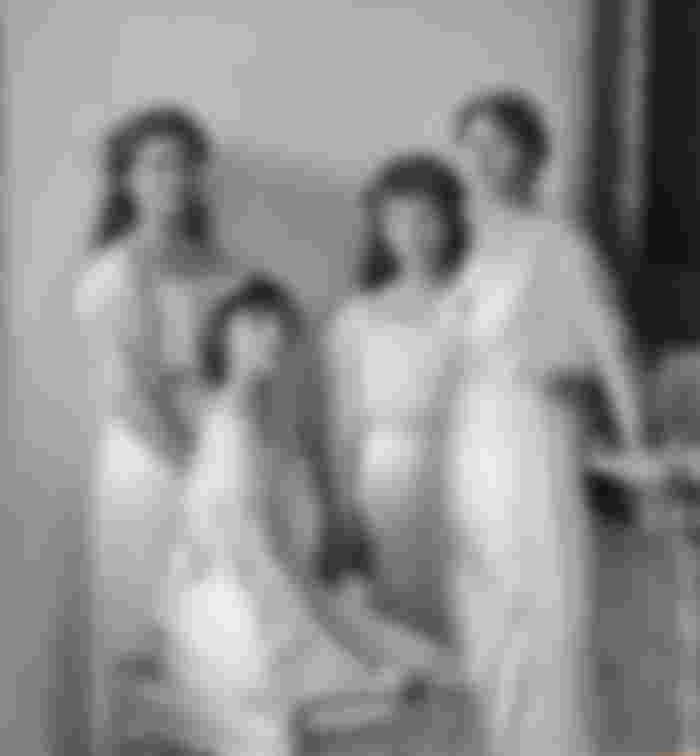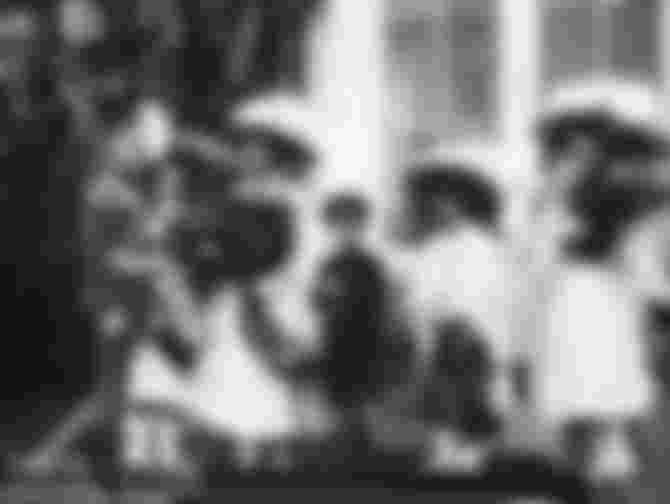All the representatives of the dynasty that was on the Russian throne for three centuries plus a few years more, rest in the Church of St. Peter and Paul from the early 18th century, in the complex of the Peter and Paul Fortress on Rabbit Island on the Neva. There are also Catherine, Peter the Great, and Elizabeth Petrovna, but also the last Tsar Nicholas II with Empress Alexander and children - Grand Duchess Olga, Tatiana, Maria, Anastasia and Tsarevich Alexei. You must have heard at least some of the countless stories that have been told so far about the last novels. Especially about the youngest daughter of the Russian tsar, Anastasia, who were born perhaps in the hope that at least some of them survived the horrific massacre of those early morning hours, on July 17, 1918 in Yekaterinburg. Unfortunately, it is just a fairy tale ... Princess Tatjana would have survived, if she had married the heir to the throne Aleksandar Karađorđević and come to Serbia, but the plans for their wedding were interrupted by the First World War.

Nicholas II, the last Russian tsar, was crowned in 1896. His wife Alexandra Fyodorovna, born Alice of Hesse, was the granddaughter of Britain's Queen Victoria. After the February Revolution of 1917, Nikolai was forced to abdicate, and the interim government sent him and his family to Siberia. A few months later, after the October Revolution, they were taken over by the Bolsheviks and transferred to Yekaterinburg. From that moment until the last day, they were under house arrest in the Ipatijevski dom. Why their lives ended in such a cruel way remains a mystery to this day.

Shortly after midnight between July 16 and 17, 1918, the emperor, empress and their children were awakened by Commander Jakov Jurovski and ordered to train and gather in the basement, "for security reasons because the counter-revolutionaries had reached that part of the city." But they were greeted by the Red Guard in the basement. Jurovski, so rebellious and dreamy, told them that they had been sentenced to death, and shot the tsar, his son Alexei and daughter Tatjana, with a revolver. The Bolsheviks then shot at other family members, a doctor and three servants. Over seventy bullets were fired in two or three minutes. Since some bullets bounced off the bodies of the princesses, because they wore corsets in which, as it was said, diamonds were sewn, they finished them off with bayonets.

The story that followed was creepy. The bodies were thrown into a truck and transported to an abandoned mine in the Urals, where they were soaked in gasoline and burned. But that end was not the end either. The larger bones were dissolved in acid and crushed with butts, and the remains were thrown into a nearby pit and covered with lime. They were separated, in order to confuse a possible investigation.

The graves, which were not marked, were discovered in 1991. In fact, they are believed to have been found about ten years earlier, but it was difficult to determine to whom they belonged. A state-level investigation into the murder of the royal family was then launched. However, it is too late, because their executioners have not been alive for a long time. As DNA analysis began in the late 1990s, it was not until 1998 that the bodies in the mass grave were found to belong to the emperor, empress, daughters Anastasia, Tatiana and Olga, as well as servants, while the remains of Maria and Alexei were found in 2007 on another place, buried in the woods. The DNA test also showed that the story of the youngest princess who survived the massacre was just a fairy tale we wanted to believe and that no Anastasia was right except the one who died that fateful night together with her parents, sisters and brother.

Lenin allegedly did not issue an order for the liquidation of the imperial family, and the cruelty of the massacre offended, witnesses said, even him. To quell any unrest, Moscow issued an official statement in 1918 that the Romanovs had died during the evacuation. However, when the Soviet Union disintegrated, many writings were unsealed, including a detailed report by Jurovski on the brutal execution.

The Russian Orthodox Church canonized the royal family and declared them great martyrs. They were buried in a special room in the Church of St. Peter and Paul. In the room from which, I must admit, I was horrified ... A place where you understand that human stupidity and cruelty have no limits, and that for such a crime there is not only justification, but also an adequate word in any language of this world.






I ja sam čitala da Anastazija prezivljela, da lutala naokolo i da nije znala ko je. Bila u psihiatričnoj bolnici..svasta ljudi pričaju.